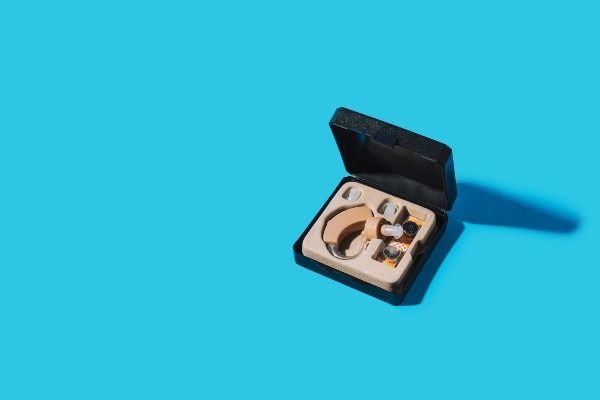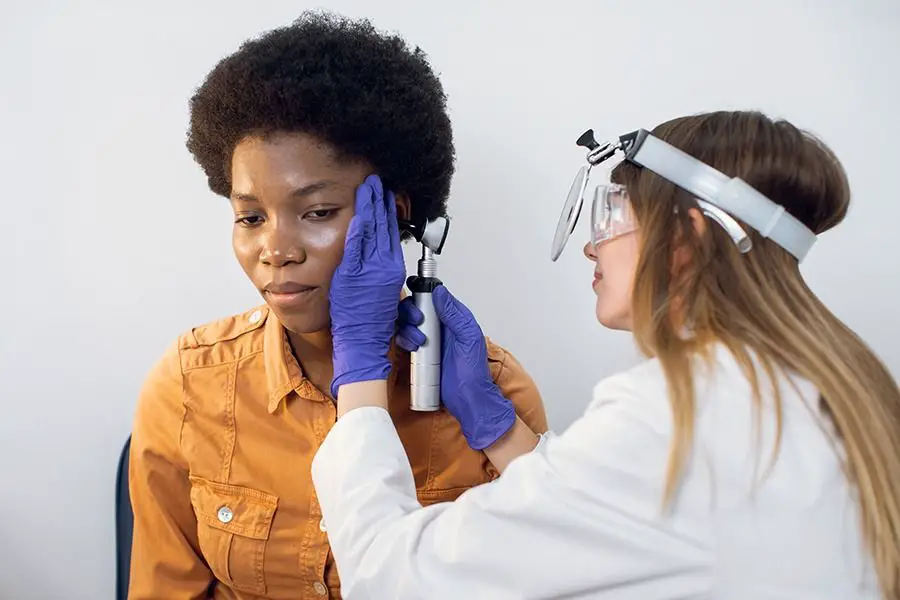Introduction
In a world painted in myriad hues of sounds, the vibrant chatter of children in a park, the soulful symphony of a morning raga, or the familiar melody of a lullaby can fill our hearts with joy. But imagine if these beautiful sounds were muffled or absent, how different would life be? This is the reality for individuals experiencing sensorineural hearing loss.
Sensorineural hearing loss, the most common type of hearing loss, affects millions worldwide. From the snow-capped mountains of Nepal to the bustling cities of New York, it transcends geographical boundaries, cultures, and communities. But the understanding, interpretation, and management of sensorineural hearing loss vary considerably across the globe.
As a concerned parent navigating the terrain of sensorineural hearing loss, understanding these global perspectives can be illuminating. It not only broadens your worldview but also helps you appreciate the diversity and shared experiences within the global hearing loss community.
Global Prevalence of Sensorineural Hearing Loss: A Comparative Study
Sensorineural hearing loss is a global health concern affecting millions. However, the prevalence varies significantly across different regions, influenced by genetic, environmental, and healthcare factors.
For instance, in developed countries like the United States, the prevalence of sensorineural hearing loss is reported to be around 1.1% of the population (source). In contrast, in developing regions like Sub-Saharan Africa, the rates are much higher due to factors like infectious diseases, inadequate neonatal care, and lack of early detection programs (source).
Cultural Perspectives on Sensorineural Hearing Loss
Across the globe, sensorineural hearing loss is viewed through different cultural lenses. This significantly influences the acceptance, understanding, and management of the condition.
Consider Japan, a country where the notion of ‘Wa,’ or harmony, is deeply ingrained. Here, sensorineural hearing loss has traditionally been associated with a sense of disruption in social harmony. However, increased awareness and advocacy are gradually changing these perceptions, emphasizing the importance of inclusivity and support.
In contrast, the Maori people of New Zealand, view sensorineural hearing loss from a holistic health perspective. They consider physical, mental, and social aspects as integral to health, advocating for comprehensive care and support for individuals with hearing loss.
Turn Up the Volume on Hearing Loss Awareness
Understanding Sensorineural Hearing Loss in Underserved Populations
Underserved populations, including those in remote areas, socioeconomically disadvantaged communities, and certain racial or ethnic groups, often face a greater burden of sensorineural hearing loss.
For example, Aboriginal communities in Australia have a higher prevalence of sensorineural hearing loss due to factors like chronic otitis media, a condition common among their population (source). On the other hand, socioeconomically disadvantaged communities in urban areas often lack access to timely diagnostic and rehabilitative services, exacerbating the impact of sensorineural hearing loss.
Understanding the unique challenges faced by these populations can help devise tailored strategies to address sensorineural hearing loss effectively.
Deafness: A Journey of Challenges and Triumphs
Advocating for Equal Access: Sensorineural Hearing Loss in the Deaf Community
In the Deaf community, sensorineural hearing loss is viewed from a unique perspective. Rather than seeing it as a disability, the Deaf community often perceives it as a distinctive trait, central to their cultural identity.
Organizations like the National Association of the Deaf (NAD) in the United States advocate for equal access and opportunities for individuals with hearing loss. They work towards ensuring the provision of sign language interpreters, captioning services, and other necessary accommodations in various settings, such as schools, workplaces, and public services (source).
This perspective underscores the importance of creating an inclusive and supportive environment for children with sensorineural hearing loss, enabling them to thrive in their unique ways.
Tinnitus: why it’s still such a mystery to science
How Public Health Policies Can Address Sensorineural Hearing Loss
Public health policies play a crucial role in addressing sensorineural hearing loss at a systemic level. By adopting comprehensive strategies encompassing prevention, early detection, and management, they can significantly mitigate the impact of sensorineural hearing loss.
For example, the introduction of Universal Newborn Hearing Screening (UNHS) programs in many countries has led to earlier detection and intervention of sensorineural hearing loss, greatly improving the outcomes for many children (source).
Meanwhile, countries like South Korea have implemented mandatory noise regulation laws to prevent noise-induced hearing loss, demonstrating the role of policy in prevention (source).
Conclusion
As we traverse through different continents and cultures, the tapestry of sensorineural hearing loss unfolds, revealing a complex but enlightening panorama. You see the global prevalence of sensorineural hearing loss, its myriad cultural interpretations, the challenges faced by underserved populations, the unique perspective of the Deaf community, and the pivotal role of public health policies.
Through this journey, you understand that while sensorineural hearing loss is a global concern, the narratives woven around it are as diverse as the cultures and communities it impacts. And within this diversity, there lies an invaluable lesson – the need for empathy, understanding, and inclusivity.
Remember, as a parent navigating the terrain of sensorineural hearing loss, you’re not alone. Your experiences echo in the stories of millions of parents worldwide. Each story, marked by unique challenges and triumphs, contributes to a global chorus advocating for understanding, inclusivity, and better care for children with sensorineural hearing loss.
From the bustling cities to remote corners, sensorineural hearing loss has a global presence, but so does hope, resilience, and the unyielding spirit of parents like you. As you advocate for your child, remember that your voice contributes to a global symphony, a symphony that can ignite change, foster inclusivity, and illuminate the path for millions navigating similar terrains.

Tuning into Technology: Transforming Lives with Sensorineural Hearing Loss
This blog post takes a deep dive into the technological resources for managing sensorineural hearing loss, offering hope, insights, and a look into the future of tech innovations in this space.

Unraveling the Enigma of Sensorineural Hearing Loss in Children: A Parent’s Guide
Discover how to navigate the complex journey of sensorineural hearing loss in children, understand the power of early intervention, and learn how to support your child’s development and adjustment to hearing aids. This parent’s guide empowers you with the knowledge and resources you need.









